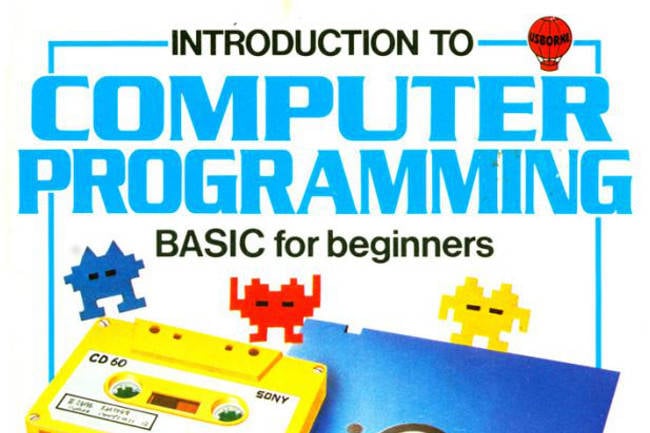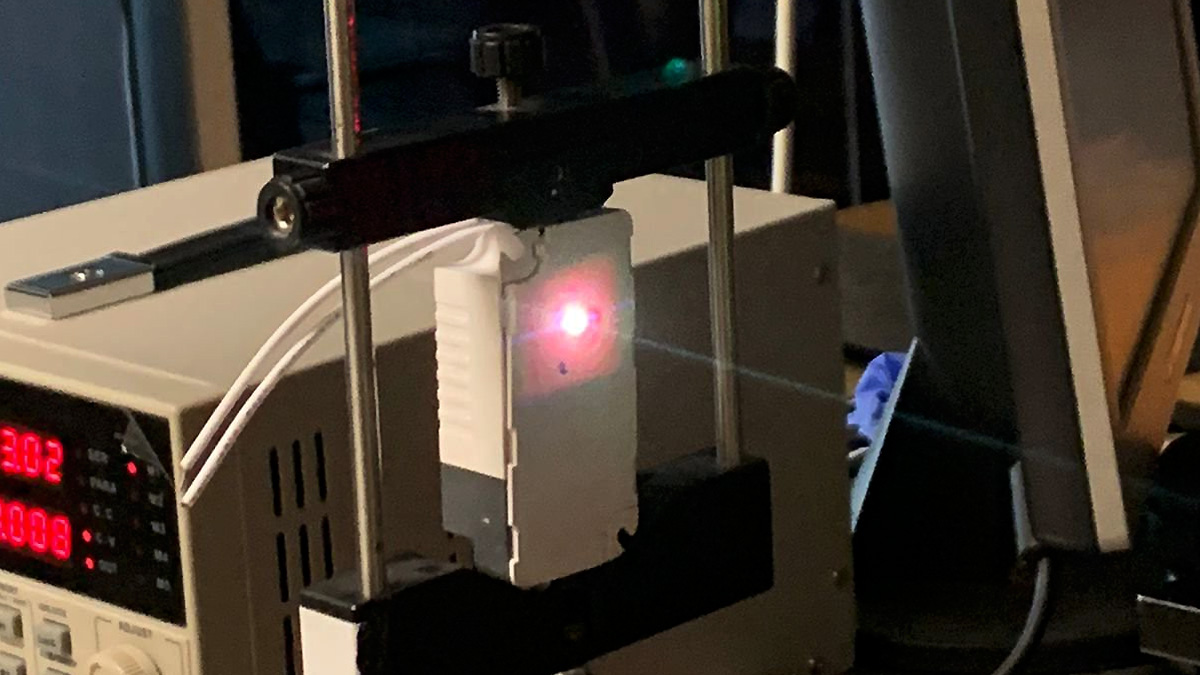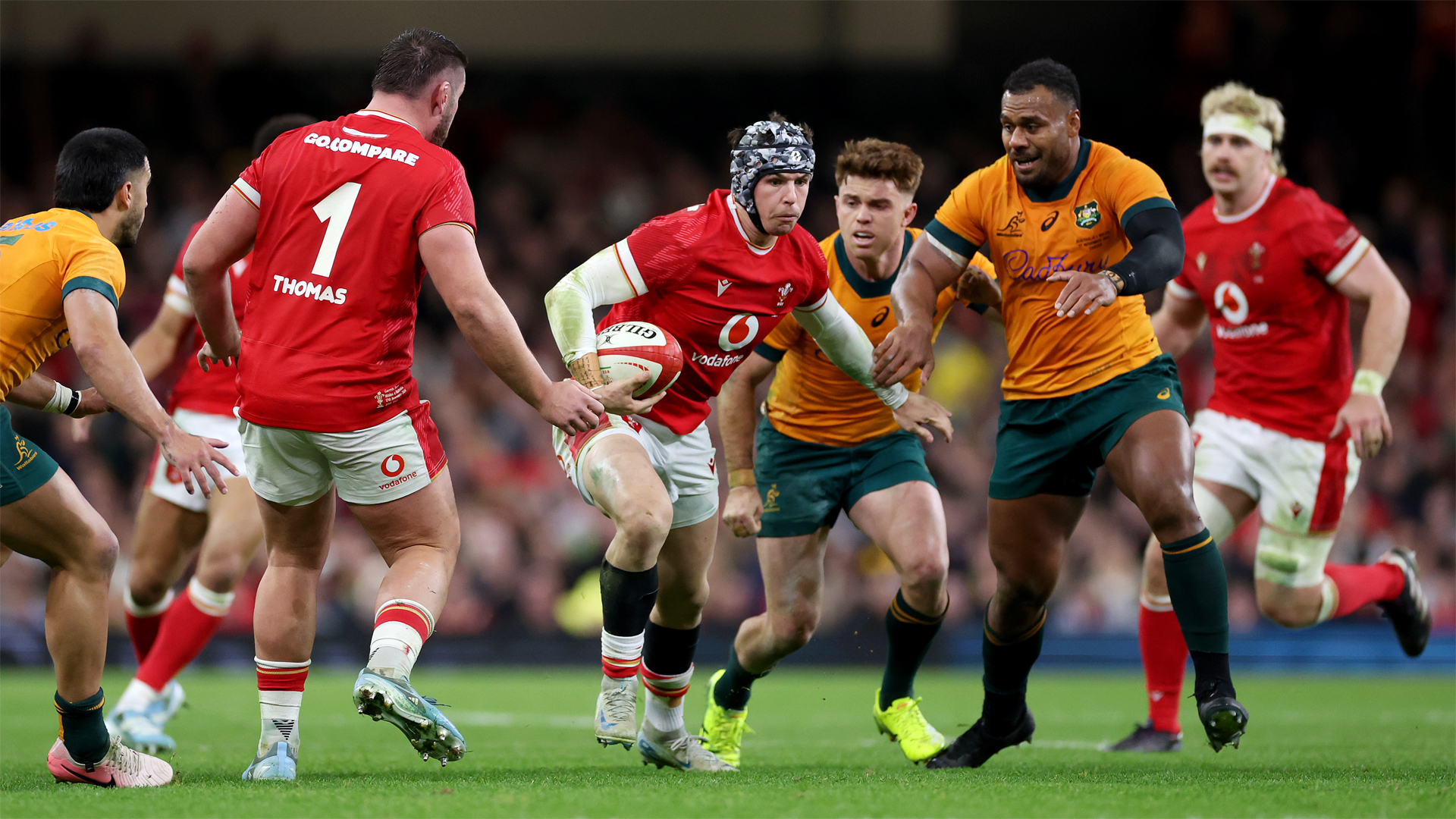
Obit Professor Thomas Eugene Kurtz, co-inventor of the BASIC programming language, has died aged 96. Along with his colleague, John Kemeny, Kurtz's work revolutionized computing, operating systems, and programming language design. Kurtz was born in Illinois in 1928, and died last week in a hospice in New Hampshire, the home of Dartmouth College where he worked and taught.
Kurtz is most famous as the co-inventor of the BASIC programming language, but almost as influential was the operating system on which BASIC first ran, which he also co-designed: the Dartmouth Timesharing System or DTSS. Kurtz co-designed both DTSS and the BASIC language alongside his Dartmouth colleague, Professor John George Kemeny , who died in 1992 aged 66 . Although just two years older, Kemeny was head of mathematics at Dartmouth.
He hired Kurtz as a statistics instructor when the slightly younger man was fresh from Princeton, where he got his doctorate in 1956. Kemeny and Kurtz worked together to make computing more accessible to the masses, Kurtz told the Concord Monitor : Of course, by "masses" we meant "Dartmouth students"; in particular those not majoring in the sciences. (The graduates who in later years became CEOs, etc.
, normally majored in the Social Sciences or Humanities.) It turned out that we also meant high school students. The first BASIC program ran 60 years ago , but the language did not spring fully formed from their brows.
At the start of their efforts, Kurtz commuted to Boston with boxes of punched cards to run on MIT's IBM 704. In 1959, Dartmouth got its first computer – a Royal McBee LGP-30 , whose brochure you can admire here [PDF]. (This is the hardware immortalized in The Story of Mel, a Real Programmer .
) Initially, their LGP-30 ran ALGOL. In a 2014 interview [PDF], Kurtz recalled: We looked at languages and we both decided that the languages FORTRAN, ALGOL – that type of language – were just too complicated. They were full of punctuation rules, the need for which was not completely obvious and therefore people weren't going to remember.
This led to one of the first precursors of BASIC, called DOPE – the Dartmouth Oversimplified Programming Experiment . Later, Dartmouth got a General Electric GE-600 series machine, whose brochure you can peruse at Bitsavers [PDF]. Thanks to an $800,000 grant from the National Science Foundation , they got their hands on a GE-225, on which they built DTSS in 1963.
DTSS was not the first timesharing system, but it was one of the earliest – and maybe the one used by the most non-specialists. The idea of building a timesharing system was suggested to Kurtz at MIT by John McCarthy, the inventor of Lisp. This led to the development of CTSS, the Compatible Timesharing System , which inspired Multics and UNIX – and, more directly, ITS, the Incompatible Timesharing System , on which the first version of Emacs and many other tools were built.
In 1964, they got BASIC running on their new OS. The original version was a compiler, with just 15 statements . It became so popular that it set the direction of computer development for the next several decades.
Notably, in 1975, two students set up a small business to develop BASIC interpreters for eight-bit microcomputers. The late, great Quincy Jones said of one of them: "You know who sings and plays just like Hendrix? Paul Allen ..
. He's good, man." Rather than "control the development and use of BASIC," Kemeny and Kurtz chose "to put the language into the public domain so that it would be widely used.
" In 1983, disenchanted by the multiple incompatible versions they termed "street BASIC," they turned Dartmouth BASIC 7 into a commercial product: TrueBASIC . Professor Kurtz was awarded the 1991 Computer Pioneer Award , and in 1994 was made a Fellow of the ACM . Kurtz retired in 1993.
He was married twice, and is survived by Agnes Seelye Bixler, whom he met while hiking – one of his favorite activities – and by three children: twin sons Daniel Barr Kurtz and Timothy David Kurtz, daughter Beth Louise Kurtz, plus nine grandchildren and 17 great-grandchildren. ®.














